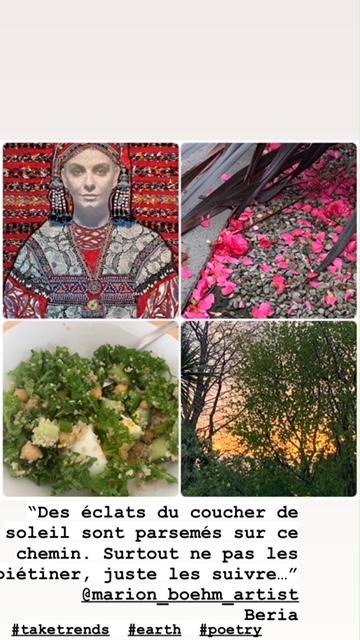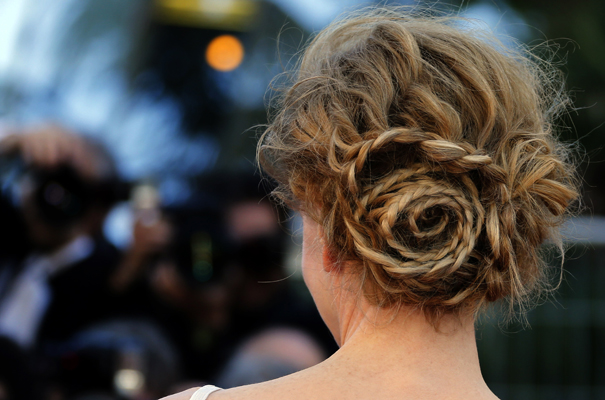DAVID DOWNTOWN,INSPIRED FASHION ILLUSTRATOR
David Downton is a prolific fashion illustrator based in London. Over the last two decades he has worked commercially for Vogue, Vanity Fair, Harper’s Bazaar, Chanel and Burberry. Through a series of portraits, he has aptly captured the spirit of some of the most fascinating woman within the fashion industry such as Paloma Picasso, Erin O’Connor and Daphne Guinness. Downton’s portrayal of his subjects, through his artful elegance and his seemingly effortless brushwork, has established him as the one of the greatest artists in the field of fashion illustration.
How would you describe your illustrative style?
My work has often been described as ‘classic’, which is a term I never liked. Of course I understand what is meant by it, I do look back to the 50s and early 60s – what would probably be called the Mad Men era today – but I am not interested in pastiche. Ian R Webb came up with the best description of my work, some time ago. He called it ‘contemporary nostalgia’. As to how its done, it takes a lot of drawing, a lot of getting things right.
Could you tell me about your creative process during any given illustration? How long does it take to complete a drawing?
The process changes, depending on the job. My most successful work involves controlled spontaneity. I draw and redraw, without thinking about the marks I’m making, just to get some sort of accuracy. I have to have everything ‘right’ before I can start to reduce. I work initially on layout paper or photocopy paper, using 4B or 6B pencils. When I’m happy that the drawing is ‘right’ I put it on the light box and use it as the basis for the finished piece, it’s then that I start to think about elimination and deconstruction, if I leave out a hand or an eye or an ear (as frequently do) it’s because I’ve worked out on my initial drawings about where they should be and I feel confident about leaving them out. My mantra is to keep working until it looks effortless.
I usually use black ink and watercolour on watercolour paper with ink on an acetate overlay. I sometimes work with collage, when it feels appropriate to the subject matter. I work very hard to make it look easy.
Does your approach to illustration differ when you’re working on portraits?
It doesn’t differ too much. The same rules apply; I am looking for a controlled spontaneity, a sense of the person at a given moment. They are not ‘portraits’ in the sense that they deal with a deeper truth about the sitter. I am dealing with the surface, but it’s amazing how often you do capture something of the personality, almost inadvertently.
Your work receives continued commercial success and has been celebrated through a number of solo exhibitions, do you have a particular career highlight?
For their 50th Anniversary edition Vogue Australia commissioned me to illustrate four covers all featuring Cate Blanchett. She was, as you might expect, fascinating to draw. Also, it was beautifully set up; suites at the Dorchester, the best hair and makeup team, a full day given over to drawing. Thankfully, it did well. In fact, it was the fastest selling issue in the magazine’s history and one of the covers has just won the Magazine Cover of the Year in Australia.
What has been the most unusual working situation that you’ve found yourself in?
It was probably in 1998 at John Galliano for Dior Couture; A Voyage on the Diorient Express or the Story of Princess Pocahontas. It was shown at Gare d’Austerlitz in Paris and as the audience sat on the platform a full-sized team train arrived with the models on board while John Galliano shovelled coal into the engine.
I find it interesting that you did not set out to work within the fashion industry, what were your initial impressions of the industry and the world of Haute Couture?
I had had occasional fashion commissions, but in no way considered myself a fashion illustrator. (For one thing they had exotic names like Zoltan, Antonio and Viramontes). Entering the fashion world was another awakening. You were more likely to be working with a fashion editor or designer, than an art editor; you went to shows and (gulp) parties. Initially, I saw this as going behind enemy lines. Gradually I came to view it as my pass into the Kingdom of Indulgence.
I count myself very lucky to work with some of the most creative people imaginable. Fashion illustration is really about absorbing someone else’s creativity and reinterpreting it. And when it is successful it represents the best of both of you.
Fashion illustration has been an industry tradition for nearly 500 years, which fashion illustrators have had the greatest impact on your work?
I got to know the work of the great fashion illustrators when I was at college. I loved their spontaneity (or the illusion of it) a certain reductive line, the sense of time and place. There are so many people who’s work I admire; Rene Gruau, Eric, Bob Peak, Bouché, Antonio, the pin-up artist Gil Elvgren. Great artists such as Matisse, Hockney, Mark Rothko, Boldini, Lautrec…it’s a long list.
What qualities do traditional hand drawings have that separate it from digitised mediums such as photography and film?
Everyone thinks they can be a photographer today, in part thanks to the iPhone. You see them pointing everywhere! Although drawing pre-dates photography by centuries, right now I think it looks more considered and in a strange way, more modern. I think illustration is more personal. It is one person’s vision.
Do you think that there will ever be a resurgence of fashion illustration in magazines? Or has contemporary times irreversibly changed the function of fashion illustration?
Fashion illustration hasn’t been ‘fashionable’ at least in magazines for the last thirty years. That said, for an art form that has been dying on its feet for all that time it does seem to be in remarkably good health.
Fashion illustration gradually fell out of fashion during the sixties. One reason was the rise of superstar photographers like Bailey and Avedon. And although fashion illustration has never really made a sustained comeback in what you might call the ‘high-end’ magazines, it is all around us if you look hard enough; on gallery walls and club fliers, on book covers and greetings cards and more and more frequently in collaborations between illustrators and designers.
Your book ‘Masters of Illustration’ and journal series, ‘Pourquoi Pas?’ advocate the artistry and calibre of fashion illustration, are you currently working on any similar projects?
I’m working on a monograph at the moment, planning an exhibition, and I have on-going projects with Vanity Fair and Claridges – it’s an exciting time.
By Louise Hynes, Tn2 Magazine


Comments